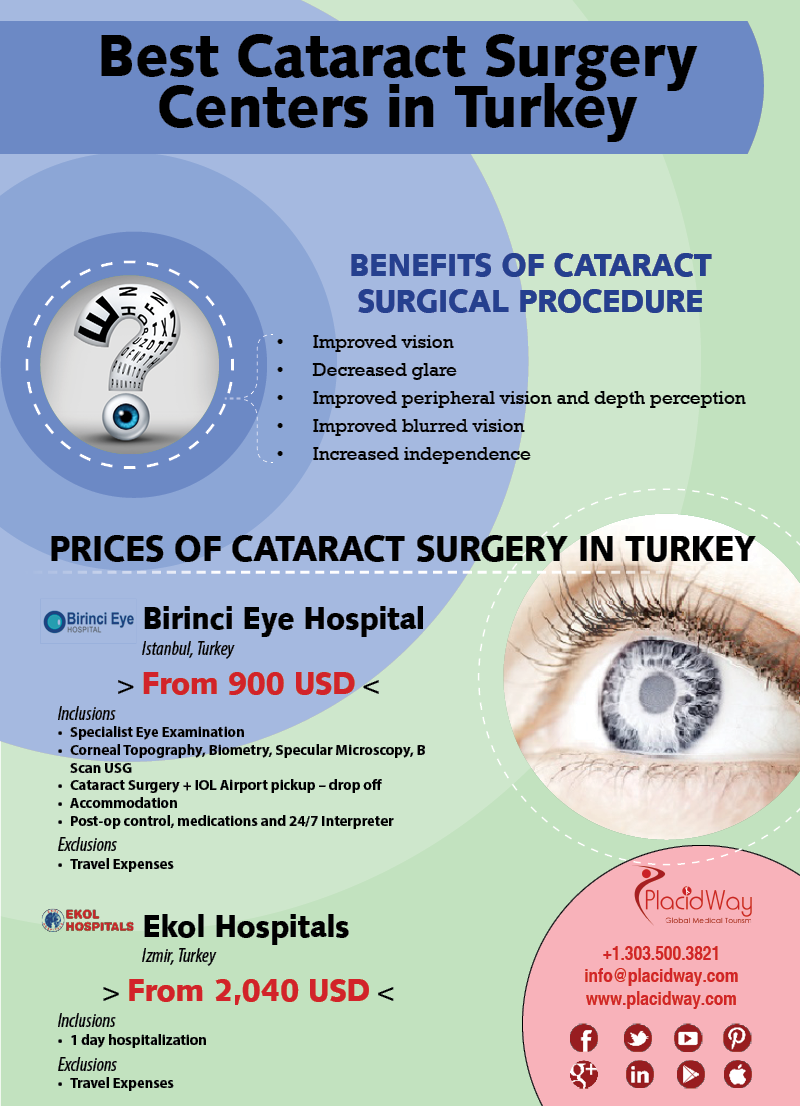As you explore the development of advanced cataract surgical procedure methods, you'll witness a trip noted by ingenuity and accuracy. From visit their website that led the way for modern advancements to cutting-edge technologies that are reinventing the field, the extensive review of cataract surgery methods is a testimony to human development and dedication to boosting individual end results. The intricate interaction in between historic techniques and futuristic innovations creates an interesting narrative that sheds light on the advancement of one of one of the most typical surgical procedures worldwide.
Historical Methods and Developments
Discover how very early cosmetic surgeons revolutionized cataract treatment by utilizing innovative methods and tools. In the past, cataract surgical treatment was a dangerous and uncomfortable procedure. However, ancient Indian doctors were among the very first to attempt medical interventions for cataracts, using a strategy called 'formulating' where a sharp instrument was utilized to push the cataract back into the eye. This method, though crude by today's standards, prepared for future innovations in cataract surgery.
As time advanced, Arab doctors made substantial contributions by creating specialized needles for cataract extraction. These needles were utilized to penetrate the cataract and after that remove it from the eye, noting a significant enhancement in medical precision.
Later on, in the 18th century, the French doctor Jacques Daviel pioneered the strategy of extracapsular cataract extraction, where the entire lens was removed intact through a bigger cut. This marked a major improvement in cataract surgical procedure strategies, paving the way for the modern-day treatments we use today.
Modern Surgical Approaches
Early strategies in cataract surgical treatment have developed dramatically, bring about the advancement of modern-day medical strategies that prioritize precision and boosted person results. Modern cataract surgical treatment currently often involves a treatment called phacoemulsification, where an ultrasonic gadget separate the cataract for elimination with a small incision. This strategy permits quicker healing and decreases the danger of complications contrasted to older techniques.
Furthermore, using sophisticated intraocular lenses (IOLs) has actually changed cataract surgical treatment end results. These lenses can remedy not just the cataract yet additionally other refractive mistakes like astigmatism, lowering the requirement for glasses post-surgery.
Surgeons today also have accessibility to sophisticated imaging technologies that aid in exact preoperative planning and intraoperative decision-making. Optical comprehensibility tomography (OCT) and other imaging techniques provide detailed photos of the eye's structures, allowing for a much more customized approach to each patient's surgical treatment. With these improvements, modern-day cataract surgical treatment techniques remain to boost, using individuals more secure treatments and far better visual outcomes.
Emerging Technologies in Cataract Surgical Treatment
With improvements in modern technology reinventing the area, cataract surgical treatment is experiencing the integration of innovative methods for boosted person results. Arising modern technologies in cataract surgical treatment are reshaping the landscape of ocular treatments. https://nvdoctor61605.ziblogs.com/35181056/uncovering-the-newest-technical-advancements-in-cataract-surgical-treatment is femtosecond laser technology, which permits specific corneal incisions, capsulotomies, and lens fragmentation, causing boosted surgical accuracy and end results.
Furthermore, intraoperative aberrometry is getting popularity, enabling real-time measurements of refractive mistakes during surgery to boost intraocular lens power calculations and decrease postoperative refractive shocks.
Additionally, making use of innovative imaging innovations like optical comprehensibility tomography (OCT) and intraoperative wavefront aberrometry help cosmetic surgeons in accurate surgical planning and execution. These tools supply detailed physiological information and aid tailor surgical approaches for each and every person's special eye qualities.
In addition, advancements in artificial intelligence are being discovered to aid in preoperative preparation, intraoperative decision-making, and postoperative care, possibly optimizing medical outcomes and patient complete satisfaction. Welcoming these arising innovations in cataract surgical procedure holds pledge for more enhancing client end results and ensuring the proceeded advancement of ophthalmic medical techniques.
Conclusion
As you trip through the background of cataract surgery, you witness the transformation from ancient techniques to cutting-edge technologies. Like a phoenix az rising from the ashes, cataract surgery has actually advanced into a beacon of hope and advancement.
Just as a caterpillar emerges from its cocoon as an attractive butterfly, cataract surgical procedure has developed into a refined art type, offering people clearer vision and a brighter future.
The advancement proceeds, radiating a light on endless opportunities.
